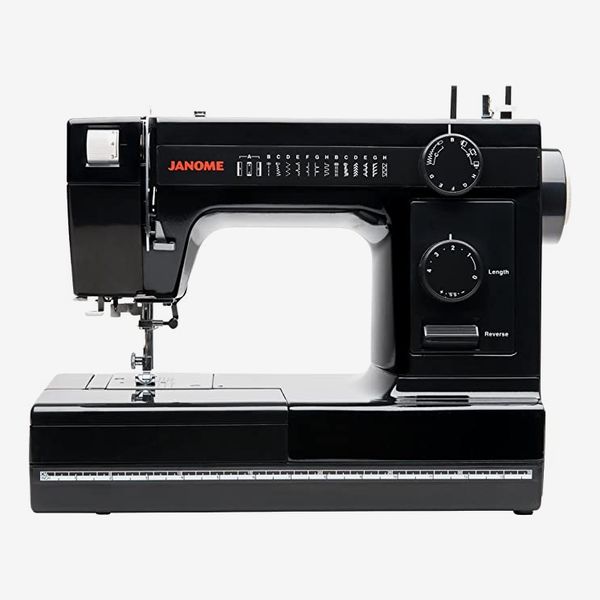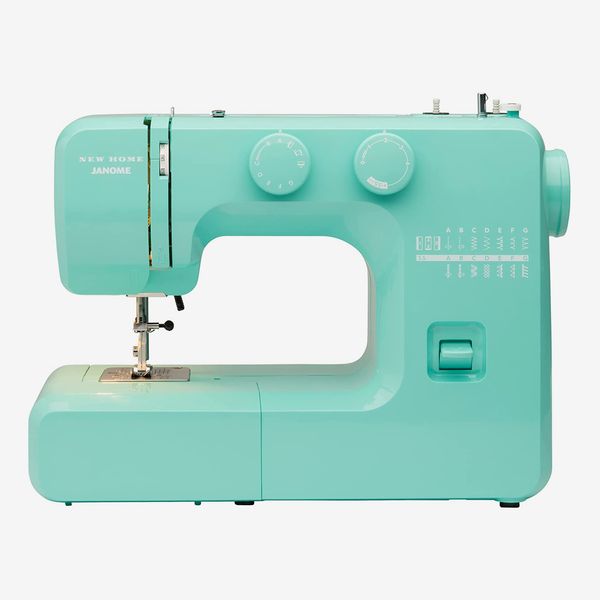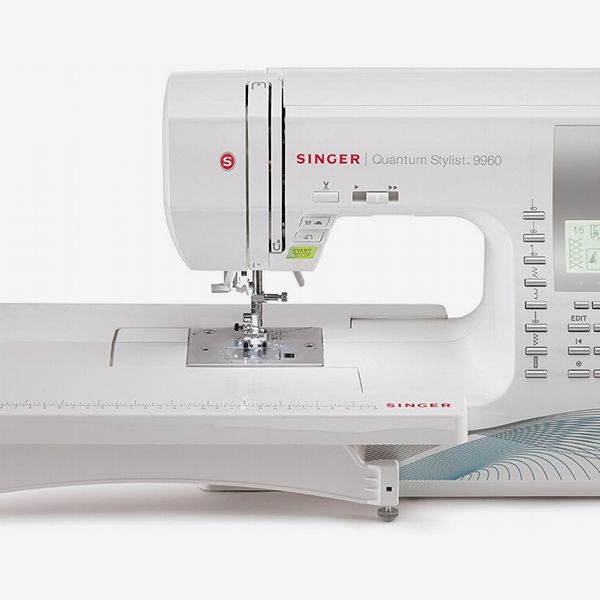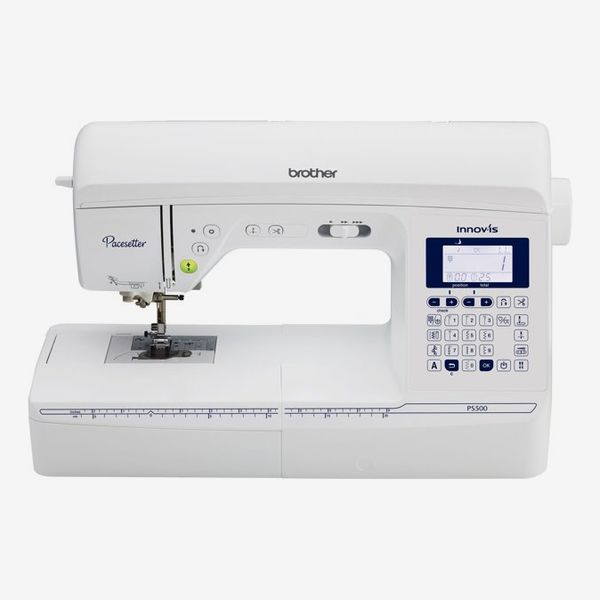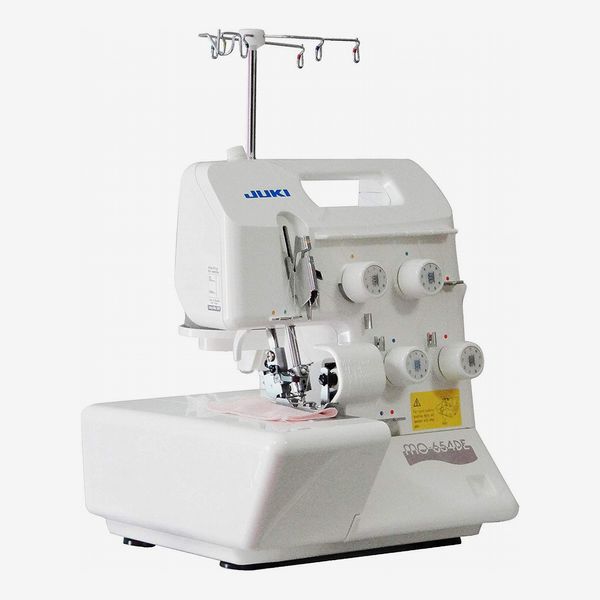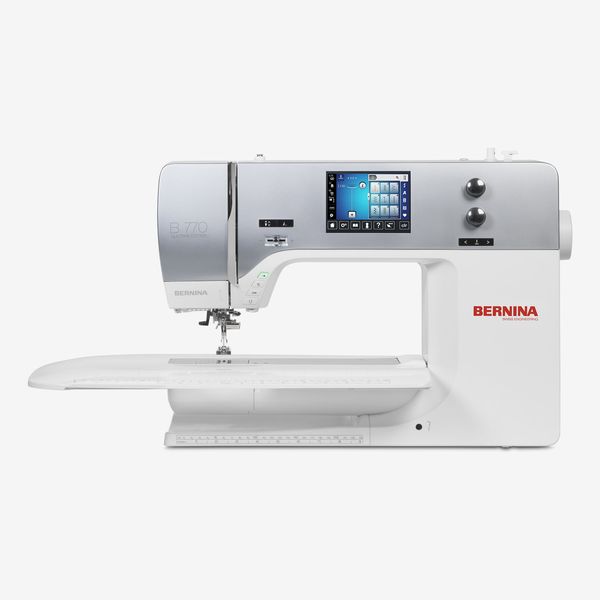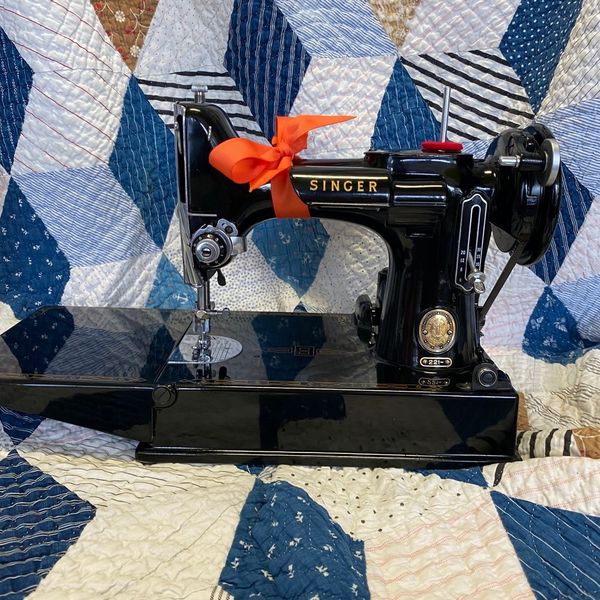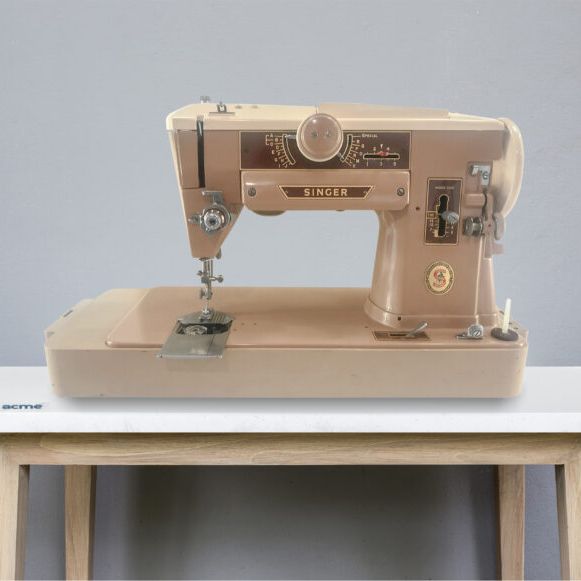Welcome to MyStitchWorld.com. Cross Stitch Distributors
The 8 Very Best Sewing Machines
|
Source:
https://nymag.com/strategist/article/best-sewing-machines.html
The 8 Very Best Sewing Machines
Best overall | Best for beginners | Best all-purpose | Best upgrade all-purpose | Best serger | Best splurge | Best antique | Best vintage What we are looking forMachine type: Sewing machines are a broad and diverse category: There are hundreds of kinds of stitches and functions they can perform, and every machine offers a slightly different set of uses. In general, a traditional sewing machine uses two threads to sew a straight stitch and can also sew a preset selection of specialized stitches, like a zigzag stitch or a smocking stitch. (Beyond the basics, some sewing machines have other functions, like the ability to sew buttonholes or do basic embroidery.) Also included on this list are sergers, also known as overlock machines, which use three or four threads and trim and finish the raw edge of fabric in one pass, and sewing machines with embroidery capabilities. There’s plenty of crossover within these types — my sewing machine has a setting meant to replicate an overlock stitch, for example, and with a little finagling, you can sew a basic straight stitch on a serger — but the category will tell you what your machine is designed to be best at and what it will do frequently with the most ease. Like many appliances, choosing which sewing machine to buy is a balancing act between general use and a higher degree of specialized efficiency. “You don’t need the fanciest machine in the world to do most home sewing,” says Millar, and for general use, it’s best to start with a standard sewing machine with a good range of utilitarian stitches. If you have something specific in mind, like quilting or constructing finished garments, a specialized machine may save you time and stress. Quality-of-life features: Though not strictly necessary for a well-functioning machine, several of the experts we spoke to recommended features that make repetitive tasks easier — especially threading needles. A machine “needs to be really easy to thread,” says Maayan Zilberman, the founder of candy company Sweet Saba, especially when you’re starting out, “because if it’s not easy to thread, then anytime you get a jam or need to switch color thread, it’s another excuse to give up on the project.” Jessie Randall, founder of the shoe brand Loeffler Randall, also praises her machine’s auto-cut function, which she says “saves so much time and thread, which is important for someone who is constantly sewing and wants to be economical with their materials.” Computerized versus mechanical: Some modern sewing machines are computerized, which allows for a wider range of customization options that wouldn’t be available on a mechanical, microchip-less machine. Still, many of the experts we spoke to prefer mechanical machines for their simplicity and generally more straightforward repair process. “Digital machines can have a mind of their own,” says Bryn Taubensee, designer and co-founder of Vaquera. “You really don’t need one with bells and whistles — a straight and zigzag stitch is all you really need.” Best overallSewing machine, 14 stitches | Mechanical This simple, powerful Janome machine is a favorite of graphic designer and home sewer Tracy Ma, who got it as a birthday gift from her husband. (“My mother-in-law Susan is a pro-quilter and her quilting buddy spoke highly of this machine,” she says.) Ma describes the machine’s aluminum construction as “incredibly hard-wearing,” and she appreciates its compact footprint. “It’s perfect for New York homes because it encloses into a tiny little thing and you can slide it in your tiny closet,” she says. “I’ve never had any problems with it. I’ve recommended it a few times over the years to people who have never sewed before.” Best beginner sewing machineSewing machine, 15 stitches | Mechanical “What sold me” on this Janome machine, says Strategist writer Kat Gillespie, “was its series of accompanying YouTube videos apparently aimed at teenagers looking to hem their Depop jeans.” Gillespie named her turquoise Easy-to-Use machine the best thing she bought in 2021. She likes that it’s easy to switch on and start using, and says that it’s “neither over- nor underloaded with features,” a useful quality for beginners. Best all-purpose sewing machineSewing and quilting machine, 600 stitches | Computerized Jessie Randall, founder of Loeffler Randall, says that her Singer Quantum Stylist 9960 “sits right at my dining table, like a sixth member of my family.” She says the machine has held up well to frequent use on a wide range of projects: The machine “can do so many things, including quilt, embroider, make hundreds of different stitches, and gather fabric.” She’s used it to sew pillows, quilts, Halloween costumes, scrunchies, Loeffer Randall slipper prototypes — and, during the pandemic, over 1,200 fabric face masks. Randall also loves its time- and material-saving features, like an automatic thread cutter: “When you are done sewing, you can push a little button and it cuts the thread very close to the fabric … When I am sewing 30 face masks at a time or quilting, those extra thread tails really add up.” Best upgrade all-purpose sewing machineSewing machine, 100 stitches | Computerized For a computerized machine with a wide range of uses, pattern designer Angela Wolf recommends the Brother Pacesetter PS500, which “provides great high-end features at a mid-level price point,” like one-step buttonholes and automatic reinforcement stitches. (She also recommends the Pacesetter PS100, which costs $150, as “a more budget-friendly model for truly new beginner sewers.”) Best sergerSerger | Mechanical Designer Rhi Dancey, the founder of her eponymous brand and heavy-duty serger user, has a secondhand industrial machine by cult-favorite Japanese brand Juki that she says is “really, really, really good” and that her studio uses “all the time.” Taubensee also likes its domestic MO 654DE model: She has two, and they’ve “held up great for almost seven years,” she says. Best splurge sewing machineSewing and embroidery machine, 991 stitches and stitch-designer function | Computerized If you’re open to splurging on the sports car of sewing machines, three of the experts we spoke to mentioned Swiss company Bernina as an aspirational brand, inspiring cultlike loyalty from users for its reliability and high-quality engineering. Zilberman’s mother gave her a Bernina sewing machine as a gift in high school, which she compared to “[getting] a spaceship so that I could go to a local college.” At first, Zilberman was “really overwhelmed by all of the different functions that it had,” but once you get acclimated, she confirms that it really is the best. Best antique sewing machine
Singer Featherweight 221 Sewing Machine
From $525
Photo: Retailer
Sewing machine, straight stitch only | Mechanical “It’s almost become a status symbol to have an antique Featherweight,” says Millar. Produced from 1933 through the 1960s, these machines have a dedicated following among sewers for their time-tested reliability. “It’s incredibly powerful. It can sew through leather; it’s so, so strong. It does a really neat clean stitch.” Because of the machine’s “ridiculously long” production span, Millar says, it’s also easy to find replacement parts and accessories. Its cast-aluminum construction clocks in at around 11 pounds, about the same weight as similarly sized plastic machines on this list. The Featherweight is also popular for its aesthetic: “It’s really cute, fits into any New York City apartment, and has a really cute box,” says Millar. In addition to platforms like eBay, there are many online sellers that specialize in vintage Featherweights — and if you want to splurge on a custom-colored machine, Millar mentioned the company Sew Serious, which sells painted-to-order Featherweights in 30 different colors, like candy pink or forest green. Best vintage sewing machine
Photo: Retailer
Sewing machine; multiple stitches, including zigzag | Mechanical Taubensee highly recommends buying a vintage machine, which she prefers for their fully metal construction. She especially likes the Singer 401A, manufactured from 1956 to 1961, which she calls a “great vintage machine” that is still “really solid,” even decades later. “Since they are purely mechanical, basically anyone can understand and fix them … I used a YouTube video to dismantle, clean, and service my machine, which was really fun to learn about,” Taubensee says. She still gets the machine professionally serviced, and like Millar, mentions that vintage parts are easier to find with a model like the 401A that was mass-produced in its prime. |
